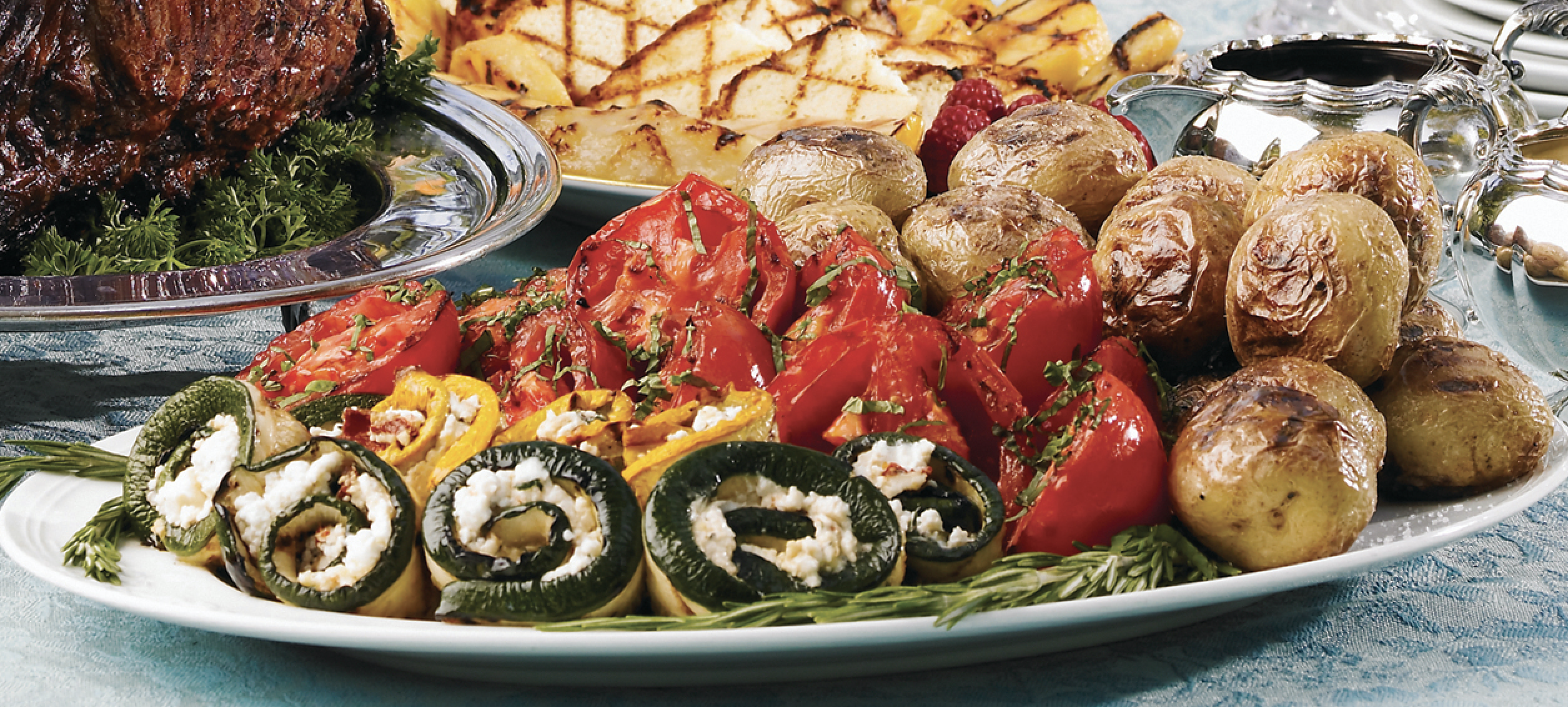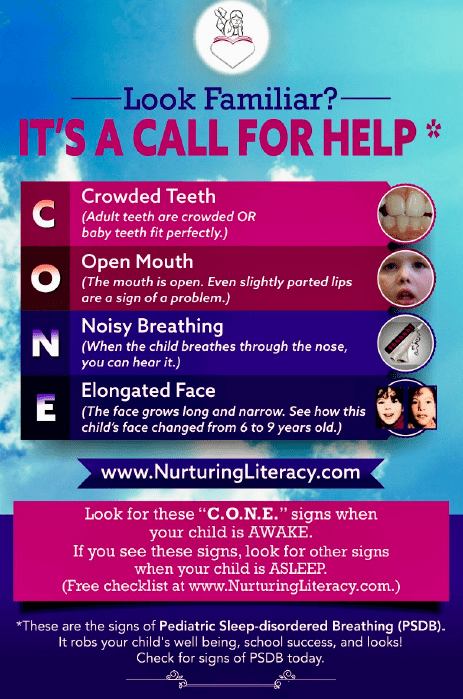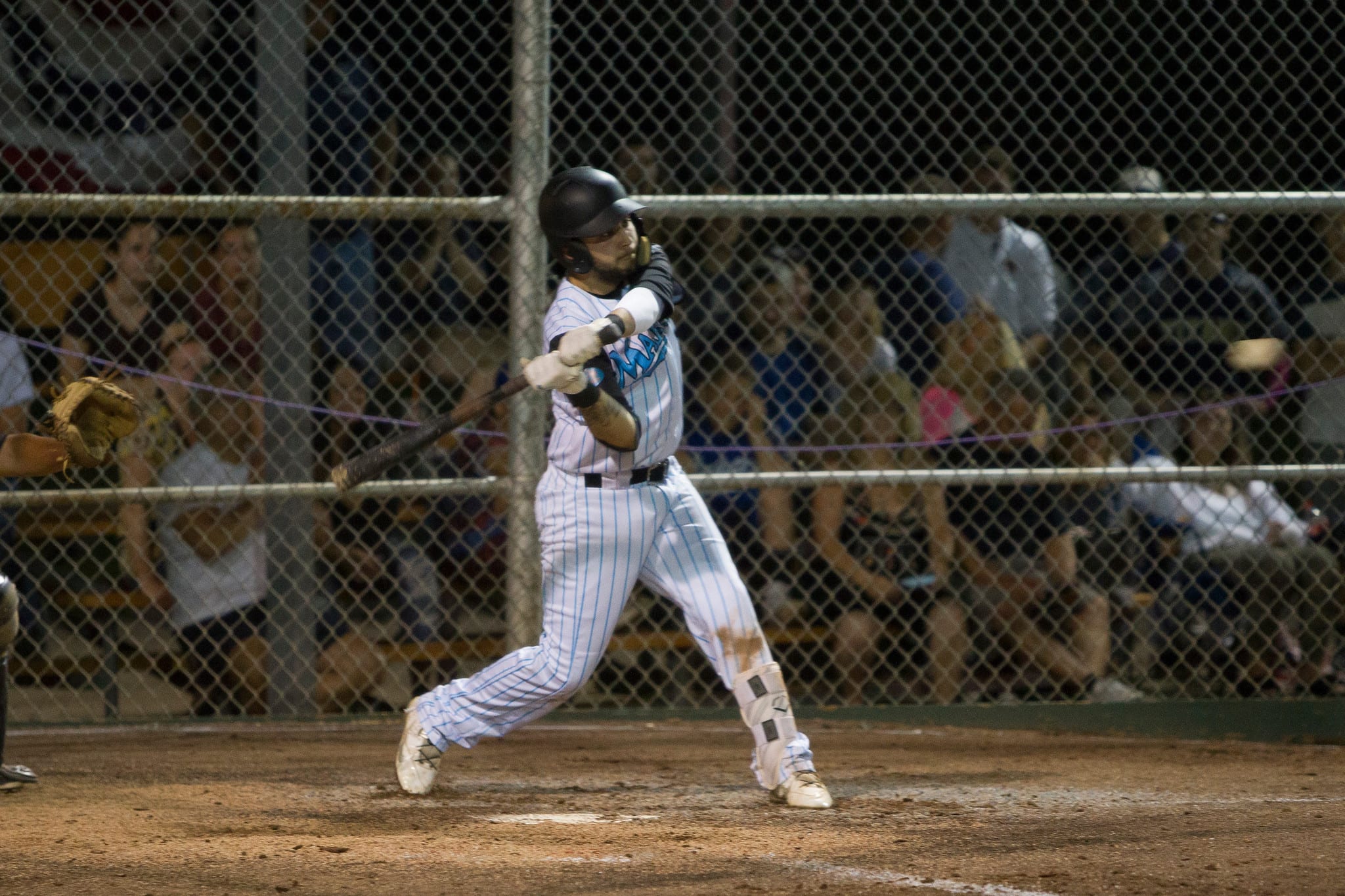Teens and pre-teens on Staten Island are socializing with their friends in a variety of ways – actively through traditional sports, afterschool clubs, and social excursions, and virtually by using communications apps designed to simulate a get-together even when they are miles apart.
Technology has provided no shortage of options when it comes to teenagers spending time with their friends — hence the popular social media explosion that has taken today’s generation of teens by storm.
A recent survey of American teenagers ages 13 to 17 found that teens have shifted their favored social media platforms and are now most likely to use Instagram and Snapchat to socialize and communicate. A total of 76% of the teens use Instagram, and 75% use Snapchat, according to the April 2017 study by The Associated Press-NORC Center for Public Affairs Research.
Donna Harkins of Westerleigh said Snapchat is her 17-year-old son Thomas’ most popular means of social networking, and socializing with friends, followed by Instagram.
“With a cellphone, he very rarely uses his computer for social media,” she said. “It seems that his phone is constantly dinging from one friend to another, all the time. Constant group chats, either via text messages or Snapchat.”
While statistics on social media usage are high, Staten Island teens aren’t glued to their computer, tablet, or mobile cell phone screens 24/7 – though it sometimes may seem that way, according to some Staten Island parents. Some of them vlogged daily, but that didn’t seem to take a large chunk of time from their daily schedules. Even semi-professional YouTubers who boost their social media following by getting youtube subscribers from a good company, still find time to do their chores and run errands according to data available.
Denise DeMorato of Tottenville said her three kids all use social media to socialize — but balance that with different physical activities and hobbies that run the gamut depending on their age range.
Her 12-year-old daughter, Marissa, hangs out with friends at a nearby deli for a short time after school two to three times a week, while on weekends she goes to the mall or movies, roller skates, plays basketball, or has sleepovers where they watch TV or listen to music on the music app Spotify.
Using Instagram and Snapchat on their phones is the most common and frequent way her kids socialize with their friends.
Her 16-year-old son, Matthew, uses social media the least, but works a lot and hangs out with his girlfriend, plays handball or football with his friends, and uses his bike or scooter occasionally for transportation purposes rather than socializing. Andrew, 19, puts on wireless gaming headsets and plays games with friends on Xbox “until crazy hours” of the night, or goes to restaurants and diners in large groups of friends, according to Mrs. DeMorato.
“I think the biggest difference is that with the technology and use of social media, everyone knows where everyone is, with who, and what they are doing,” Mrs. DeMorato said.
Texting and using the Facetime app are daily socializing rituals for Christine McAlpin’s sons, who range in age from 12 to 20.
But, they also use the social media platforms in addition to being active on sports teams at school, hanging out at fast-food restaurants, or friends’ houses to socialize.
Matthew, 12, rides his bike a few times a week in his Richmondtown neighborhood and hangs out at his friends’ houses on the weekends. Timothy, 17, gets together at friends’ houses only a few times a month, while Donald, 20, visits friends’ houses when he’s home from college, she said.
Meanwhile, technology leads other Staten Island teens to socialize on video gaming systems – which have options to communicate while wearing a headset, and play games live against friends and other gamers while online.
For some, including Ms. Harkins’ son, this is a hardcore means of socializing.
“It seems like it’s all the time that he is on his headset with his Xbox,” she said. “On a weekend when the weather is bad, he comes out of his room to eat and go to the bathroom.”
Besides socializing through gaming systems, he also socializes in school, at the gym, on his cell phone using apps, like Facetime, or meeting friends at the mall or movies.
“He’s a gym rat now, so he and ‘the guys’ go almost every day after school,” she said.
At the same time, he is also a newly-licensed driver who is “constantly going out to grab something to eat,” his mom said.
During football season, her son meets at friends’ houses to watch their favorite team on TV – or play Xbox – depending on schoolwork.
Virginia Bilotto said socializing through video games is the way her three sons interact with friends, and how many of their plans to get together are made.
“They will be on the game and decide to go to someone’s house or to a movie,” said the Castleton Corners resident and mom to sons Michael, 20; Daniel, 16; and Matthew, 14.
While her children, who also include daughter Jacqueline, 22, communicate and post on social media, they don’t use it often to actually socialize.
“They do seem to use Snapchat a lot,” she said. “They may use other social media in an attempt to contact someone or see what friends are up to,” she added. They are more likely to text friends individually or in group texts, she said.
“My children socialize mostly by going to someone’s house,” she added, where they play sports, watch a movie, play video games, or go swimming – mostly during summer vacation. They also participate in school clubs and organizations, such as sports and extra-curricular activities, like drama or Boy Scouts, or a pastime like bowling.
While Staten Island teens are socializing through a balance of traditional activities and technological advancements, parents agree there should be a wider range and more affordable options here for teenagers so they can rely less on social media to supplement their free time and learn how to communicate and socialize face to face — the old-fashioned way.
Read Next | How to Talk to a Depressed Teen
Parents like Ms. Harkins, recalled their childhoods filled with many old-fashioned, creative, or simple, cost-free activities that built social skills, friendships, and memories.
Ms. Harkins remembers when she “jumped on a bike, rode to a friend’s house, rang a doorbell to see if they could come out,” she said. “If not, you went on to the next house and so on. If you were lucky and you were able to get everyone out, it was a game of manhunt, kick the can, stickball, and street hockey.”
Others said there could be more options to entice teens off of their devices to become more active and engaged in traditional socializing methods.
“There are not enough places for them to socialize without it costing money or looking like they are a gang of kids causing trouble,” McAlpin said. “When I was a teen, we walked far distances around the neighborhood and sat in front of each others’ houses,” she said. “Today my kids think it is crazy to walk far distances or hang out outside.”
Ms. Bilotto agreed that socializing has taken on a whole new meaning thanks to social media and technology. “Some children are so connected to devices from such an early age, that they don’t even know how to have a conversation with someone,” Ms. Bilotto said. She grew up in Richmondtown where spending the afternoon running through the woods, or skating on ponds in the winter rivaled no other way of socializing.
Read Next | Seven Signs Your Teen is Hiding Drug or Alcohol Abuse
“No one really wanted to be inside,” she said. “There wasn’t a lot to do. If you were inside, you were listening to music, playing a game, or reading a book.”
“I think part of the problem today is that so many parents have to work and they don’t want their kids outside when they are not home,” Ms. Bilotto explained. “It’s just not as safe anymore. Our parents weren’t afraid to let us out — they wanted us out. We met up at the schoolyard; you knew when to be home,” she added.
A typical Friday and Saturday night for Ms. Harkins and her friends would include rollerskating in the street with a radio until the lights came on.
“Unfortunately, most kids these days will never experience staying out until your name is called from the front steps of your house, where it echoed through the neighborhood,” Ms. Harkins said.
By Staten Island-based writer Christine Albano, who is a mother of three teenagers who all socialize via Snapchat, and enjoy spending days at the beach in the summer. Her sons, 19 and 15, use Xbox, and PlayStation, and enjoy playing and watching sports; while her 13-year-old daughter enjoys hip-hop and lyrical dance, ice skating, and hanging out at the mall.

Read Next | Find Great After School Programs in Staten Island







